
This is the first article in a new series from automotive consultant James Carter, offering a unique look at some of the latest innovations in the automotive world, how they work, how they’re evolving, and what they mean to the aftermarket.
By James Carter
Just over a year ago, I was asked AutoServiceWorld to write about the future of the automotive aftermarket. It’s worth reflecting on what has happened since then and what will continue to happen in the year ahead.
Last year, it was clear that “The New Mobility” (which includes electric vehicles, autonomous vehicles, and a host of other new technologies) would eventually cause industry disruption. But for many, the timeline was uncertain and the ultimate impact on the aftermarket was unclear.
Stepping forward a year, we’ve seen more developments and future trends are beginning to come into focus.
Over the last year, we’ve seen the sales of electric vehicle start to grow. Google has released its fully autonomous vehicle – one that no longer needs operator supervision. EV charging infrastructure is expanding. And the forecasts of autonomous and electric car adoption rate are constantly being revised upwards.
So, why should the aftermarket care? We just fix cars, right? We don’t build them or sell them.
Well, we had better care, because what we fix, how we fix it, when, and where are all going to change – depending on the technology involved. And our customer is going to change too, because vehicle ownership is about to be completely transformed.
By way of refresher, The New Mobility is driven by four core trends: Connected, Autonomous, Shared, and Electric – or ‘CASE’ technologies. Let’s take a quick look to see what they are and their potential aftermarket impacts.
CONNECTED
 This is probably the big one on the radar of industry associations like the Automotive Industries Association of Canada. A connected vehicle is one that is constantly in touch with its maker or caretaker – usually the original equipment manufacturer (OEM) or dealer. It is constantly reporting a stream of data, and is able to accept automatic updates without having to come in the shop. The connection is a way for carmakers and dealerships to communicate directly with both the vehicle and its owner. Furthermore, the use of firewalls and protocols, could severely limit aftermarket access… or it could facilitate access, depending on how they are configured. The aftermarket will have to look for legal and profitable ways to leverage these new technologies to their advantage.
This is probably the big one on the radar of industry associations like the Automotive Industries Association of Canada. A connected vehicle is one that is constantly in touch with its maker or caretaker – usually the original equipment manufacturer (OEM) or dealer. It is constantly reporting a stream of data, and is able to accept automatic updates without having to come in the shop. The connection is a way for carmakers and dealerships to communicate directly with both the vehicle and its owner. Furthermore, the use of firewalls and protocols, could severely limit aftermarket access… or it could facilitate access, depending on how they are configured. The aftermarket will have to look for legal and profitable ways to leverage these new technologies to their advantage.
AUTONOMOUS
Autonomous vehicles are no longer the stuff of science fiction. Google, Tesla, Waymo, and other have proven that. Hands-free driving has become the must-have feature in luxury vehicles. However, what autonomy truly does is revolutionize how we own, pay for, and interact with our mobility. This will be especially true once full autonomy becomes a mainstream reality. Not only does it have the potential to dramatically cut down accidents (and, by extension, accident repairs), it wil allows consumers to summon a car whenever and wherever they need one. The future Uber could well be driverless, and mobility will cost a third to a fifth of the cost we currently pay for vehicle ownership.
SHARED
 While we’re already seeing growth in non-ownership through ride hailing, car sharing and subscription models, autonomous technology will move people away from car ownership and into the arms of ‘transportation as a service’ (TaaS). Consumers will find that they don’t have to be burdened with a fixed cost, and a depreciating asset. Transportation can be purchased only when it is needed.
While we’re already seeing growth in non-ownership through ride hailing, car sharing and subscription models, autonomous technology will move people away from car ownership and into the arms of ‘transportation as a service’ (TaaS). Consumers will find that they don’t have to be burdened with a fixed cost, and a depreciating asset. Transportation can be purchased only when it is needed.
That may sound like taxis and car rentals. Those have been an option for decades. But there is a hassle factor connected to those models, and customer satisfaction is hit-and-miss. The new TaaS models will be much more convenient and cost-effective. They will be less expensive, easy to use, and reliable. In other words, they will be extremely attractive options.
For the automotive aftermarket, the target market will shift away from private customers and retail sales, to fleet customers and corporate sales. Sure, fleet managers may grind you for a good deal, but they’ll likely be required to perform maintenance to a much higher standard. Continuing business should not be a problem for the aftermarket, especially if the relationship is well-maintained. Rememer, the aftermarket has a distinct cost advantage over OEM dealerships.
ELECTRIC
Every year, electric vehicles grow in popularity, with strong percentage gains in sales every year. In 2017 alone, annual worldwide sales of electric vehicles grew by 54%. InNorway, one in every two new vehicles sold is electric. There’s no doubt they are coming!
 The big problem for today’s aftermarket is that electric vehicles have far less strenuous maintenance requirements, compared to a traditional internal combustion engine (ICE) vehicle. There’s no need for oil changes, transmissions are simpler, and there is vastly reduced brake wear due to regenerative braking.
The big problem for today’s aftermarket is that electric vehicles have far less strenuous maintenance requirements, compared to a traditional internal combustion engine (ICE) vehicle. There’s no need for oil changes, transmissions are simpler, and there is vastly reduced brake wear due to regenerative braking.
Sure, there’s still going to be a need for suspension and chassis parts, as well as general wear and tear items, but the official word – from Renault-Nissan and others – is that maintenance costs are expected to drop by around 50%.
In addition, we need to consider coming ‘platform’ changes like the sharing economy, the growing network of “Internet of Things” and a “New Retail” reality. New Retail is the change in purchasing habits – away from the mall and into the cell phone. Consumers will shift away from owning “stuff” to purchasing experiences.
Changes in social demographics are also key. We’re seeing trends in urbanization, reduced driver’s licence adoption among young people, and the growing sentiment that car ownership is an expensive, time-consuming hassle. These attitudes have been taking shape for years, and they support the trend towards New Mobility.
So what should we expect over the next year?
I forecast a continuing expansion of CASE technologies by OEMs and increasing adoption among consumers. But, more importantly, there are some key trends emerging, which we can explore in this series of articles. Among them:
- A significant rise in the electrification of heavy duty transportation – yes, trucks, but especially buses.
- New, significant launches of electrified vehicles by OEMs, both the plug-in hybrid and battery electric variety.
- Government entities around the world, especially municipalities, will continue to announce bans on diesels and gasoline operated vehicles.
- Alternative car ownership and Car-as-a-Service models, will grow and align with autonomous mobility.
- The introduction of connected car platforms across all OEMs.
- The rise of non-traditional OEMs – especially those from China, or backed by Chinese money.
- One thing is for sure, the next 12 months will be transformative for the automotive world – and the aftermarket has a front seat to watch the changes occur.
For those in the industry, take this as your year to learn what you need to know. Familiarize yourself with the developments, and understand what’s ahead. Soon after you will need to make some big decisions for your business!
James Carter is principal consultant at Vision Mobility, a Toronto-based consultancy. You can reach him at jcarter@visionmobility.ca. Be sure to follow James’ insights on LinkedIn.

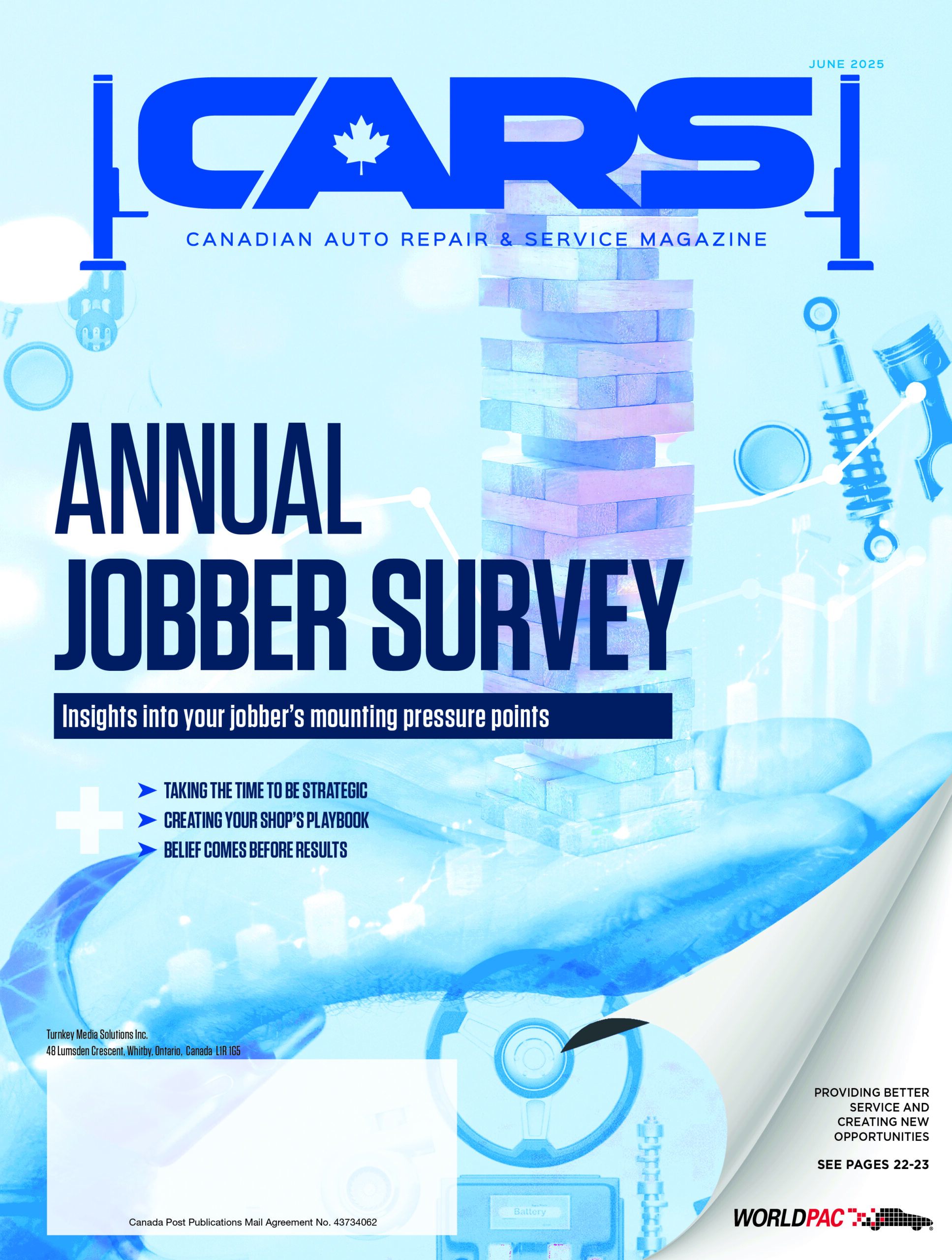
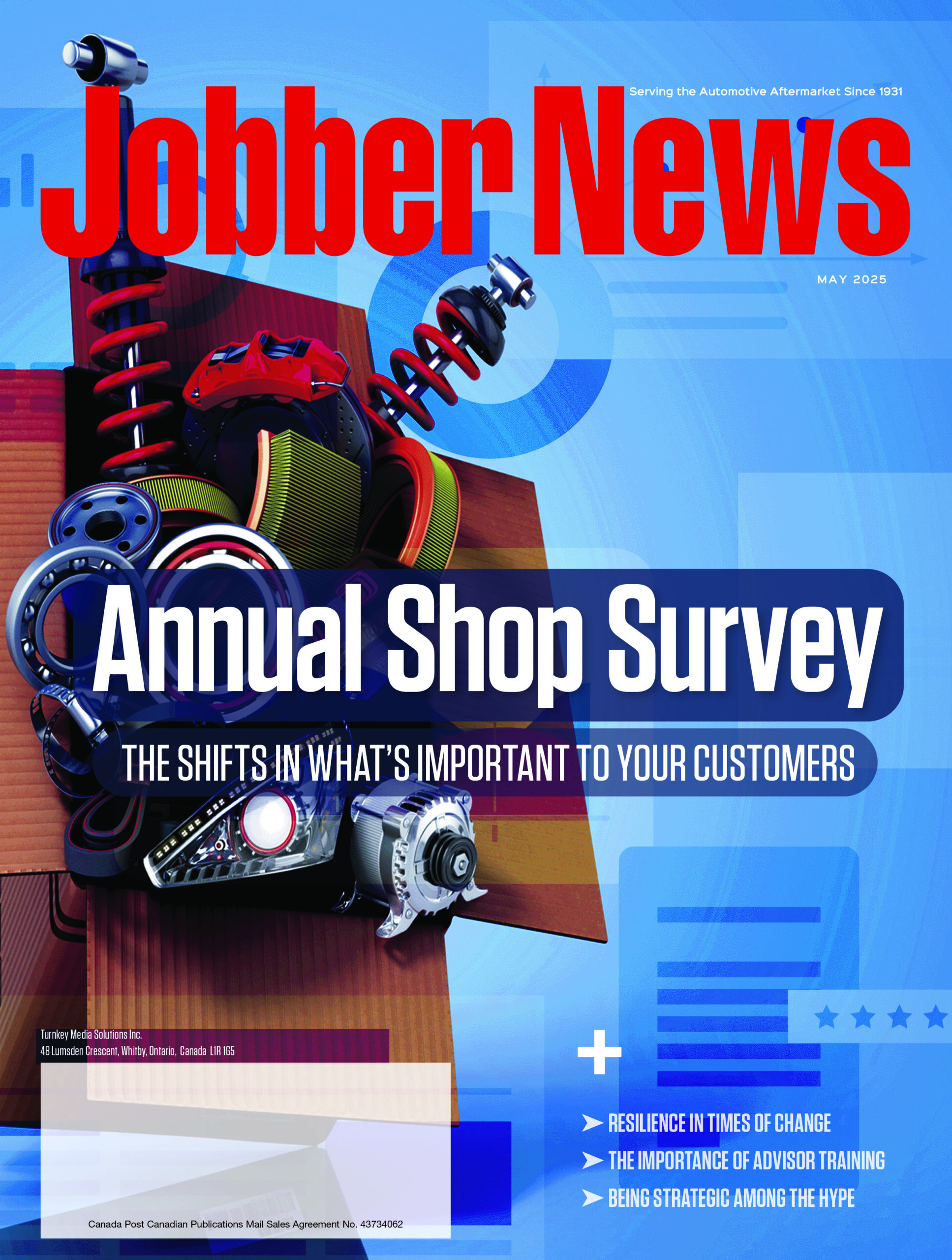
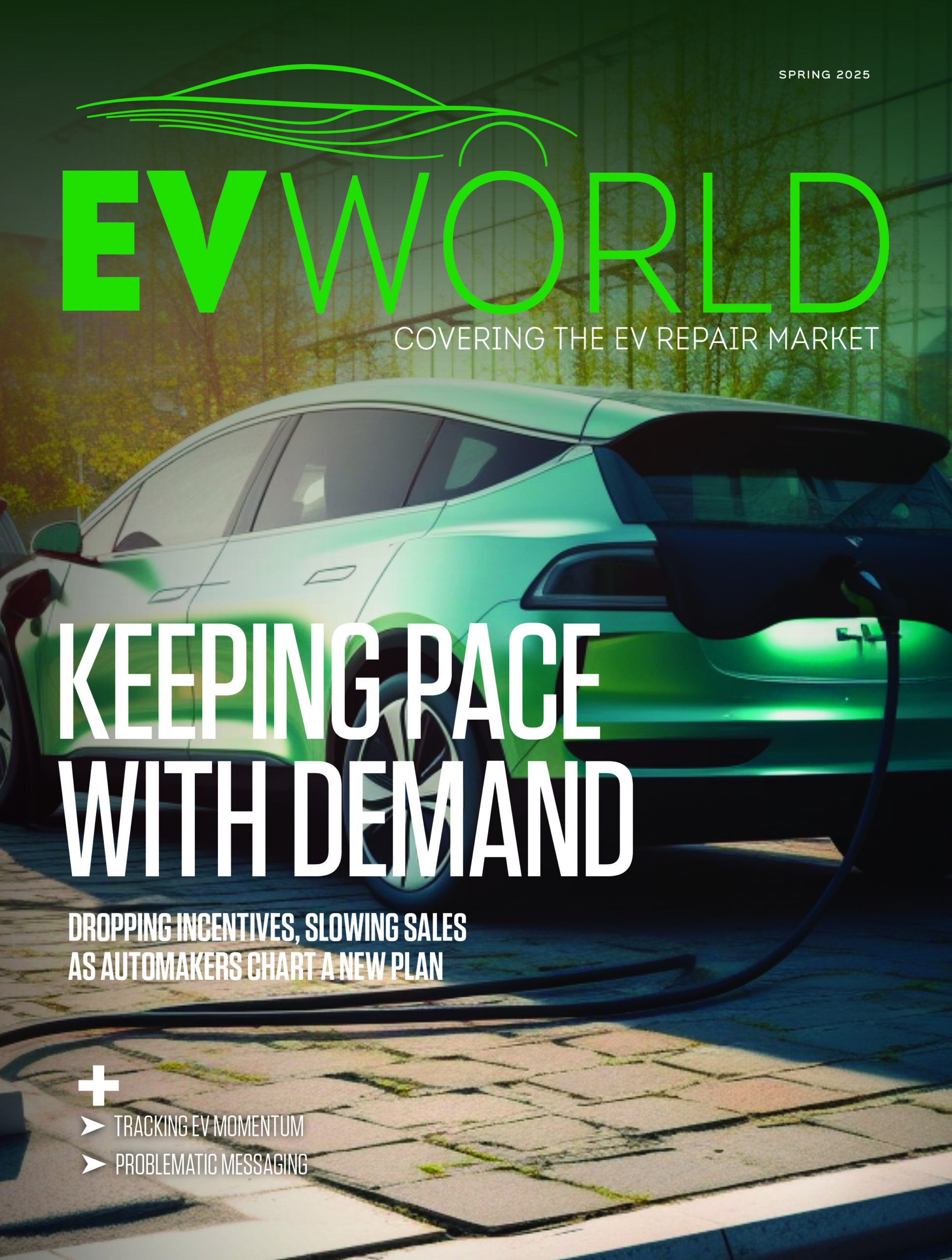



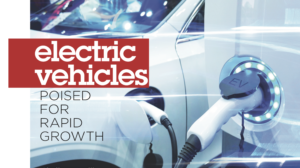


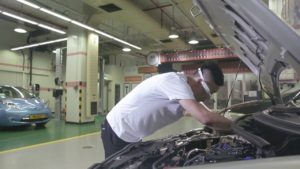

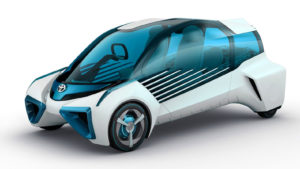
Leave a Reply